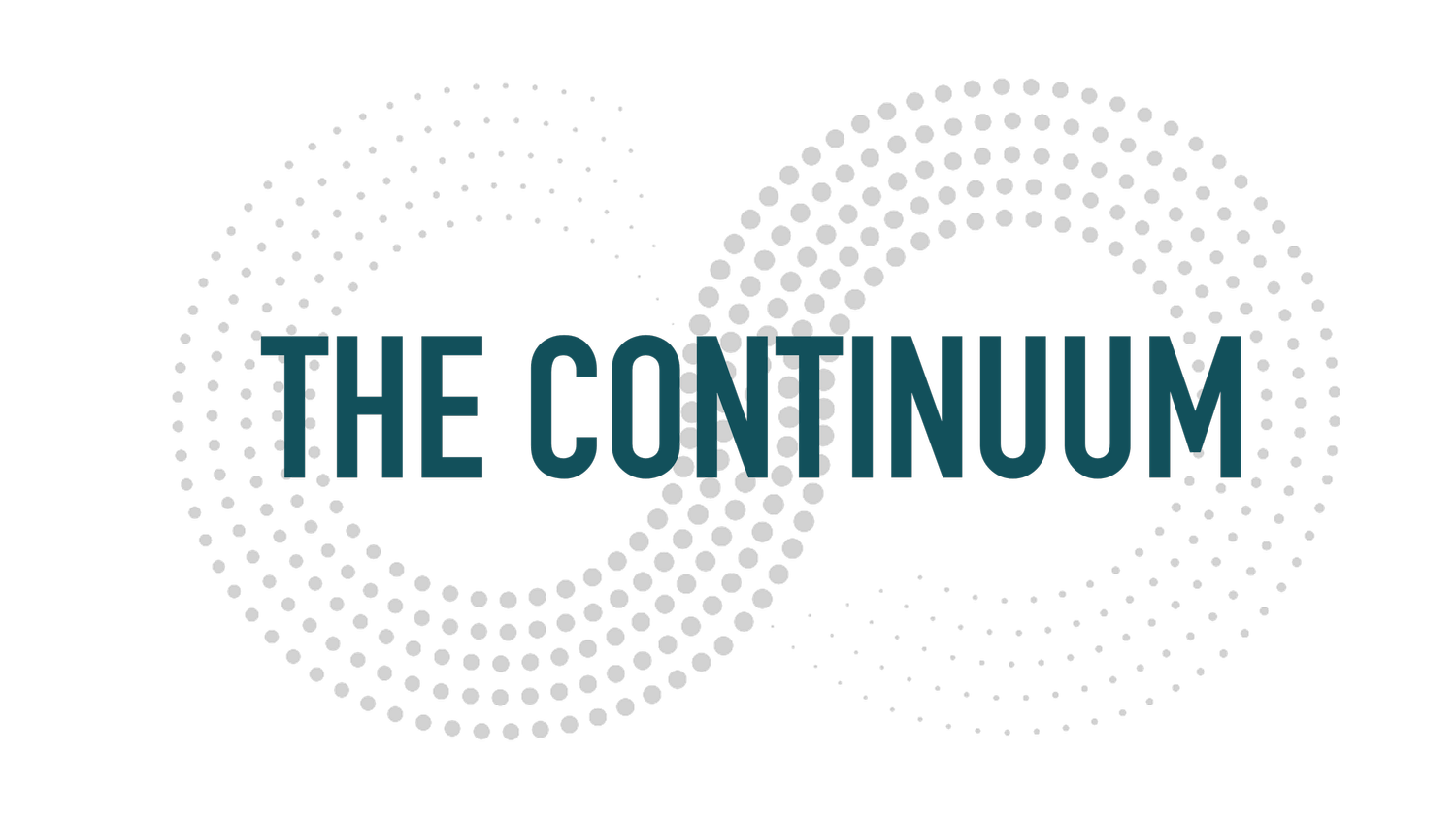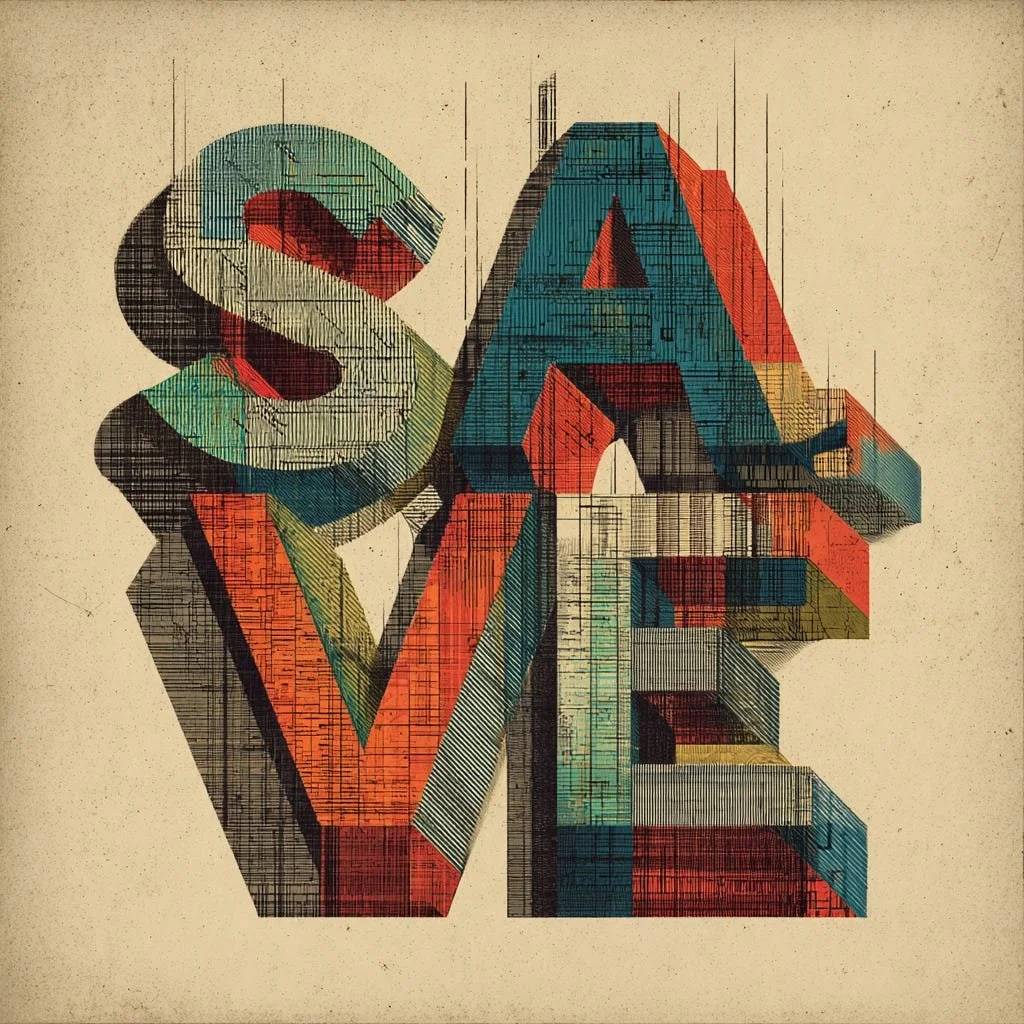Selling Better.
The Future Does Not Fit in the Containers of the Past.Edition 262.
Selling is critical not just to business but to life.
We all need to advocate for our point of view, convince others to align with us and to separate ourselves and our companies from others thorough storytelling that combines data, insight, ideas, emotion and examples.
Over the past five years I have written and taught workshops on selling better and here are the three most impactful exercises and approaches that everyone can use.
These have become more important today as AI places a premium 1) on outcome versus process, 2) changes where and how work gets done thus distributing more value creation often outside a firm and 3) and makes knowledge and experience less important than selling and adaptability.
The first is a Heuristic: SAVE
The second is an approach that leverages the Principles of Photography.
The third is how to write a presentation in 9 slides or less.
1.S.A.V.E.
S.A.V.E is a heuristic and filter that one can deploy both for business and personal interactions.
S= Solutions
A= Accessible
V= Value(s)
E= Experience
Solutions
People and potential Clients look for solutions, but companies often focus on products, services, and processes.
This is understandable since the purpose of an organization is to provide products and services and often the way to differentiate oneself is by focusing on the special inputs (e.g., data), ingredients (e.g., saffron), processes (e.g., “bespoke”, “hand curdled”), approaches (e.g., some sort of diagram of how the company comes up with results) or organizational structure (e.g., “our special way of working and organizational structure that is silo-less, client focused and efficient”).
All of this is well and good and often necessary but never sufficient.
Because what the buyer is asking is “can you show me some cool shit instead of showing me how your colon works?”
Ask how much of your selling efforts are about broadcasting a colonoscopy on your company’s methods, tactics, history, purpose, and strategy and how much is simply “here is an amazing solution, idea, innovation”.
Accessible
Today, most people are constrained for time and want things fast, friction-free and optimized for their personal situation.
Simplicity in understanding what is available.
Convenience in buying.
Flexibility in delivery and returns.
Optionality in payment terms.
Are our solutions easy to buy and ourselves easy to deal with?
For an organization this means being easily discoverable on all major platforms. Using language that is simple and free of buzz word bingo and jingo lingo. Being available to purchase or interact with across all channels and offering varied methods of delivery and payment.
Value
Value is always a key since in addition to time, money is often a constraint for most.
This often requires competitive pricing but is not necessarily about selling out with the lowest price.
Ideally one finds a way to price the outcome versus the input.
Buying cheap pigs could lead to poisoned hot dogs.
Smart archers use fewer arrows and can get to the bullseye of solution faster, so quality has great ROI but often one must find ways to illustrate and numerate quality.
Some approaches include truly differentiated solutions or people where the result or experience are so clearly superior that premiums are justifiable.
It is important to note that Apple, LVMH, Disney and many others do not differentiate on price but value.
Experience.
In the end people remember the experience and pay for the experience.
And much of business and marketing is creating seamless experiences or rectifying and correcting lapses in the experience.
2. Leveraging Photography.
Many of the techniques used by the best photographers are the ones we can use to become great at problem-solving.
The essence of photography
At its essence photography is driven by three variables:
a) Framing: What the photographer decides to focus on, how the camera is angled and positioned relative to the subject and what is left in and left out of the viewfinder.
b) Exposure/Lighting: This is a combination of aperture, shutter speed and how sensitive to light the film is (ISO speed)
c) Editing: Once upon a time with analog film only professionals had the tools of editing (darkrooms, chemicals, and papers) but today with digital capabilities of our phones we all can pre-edit by taking several test shots, give ourselves lots of editing options by taking a lot of pictures and then later with easy-to-use tools sculpt our pictures to our liking by cropping and filtering and more.
The essence of problem solving
The best problem solvers tend to be good at three factors:
a) Framing the problem by asking the right question: They want to know whether one is solving the right problem.
b) Getting the right input/data/facts so they can throw as much light on the problem: Can one get as much illumination as one can?
c) Interrogating and iterating the answer: The first answers tend to be somewhat right and often led to additional questions or additional fine tuning before one reaches a more robust solution.
3. Rethinking Presentations: Why most decks should be no longer than 9 slides.
Think of all the presentation you have sat through or produced. Many were fifty, sixty or hundred slides long. How many slides do you remember? How many stood out or made a difference?
Presentations are often un-necessarily long because:
a) We often confuse volume with quality.
b) Many people feel without a huge deck they cannot justify their expenses or point of view.
c) Often firms are paid by time exerted so they are incentivized to bloat and be baroque.
d) We often focus too much time about the process, the background, the history, the tools, the sources of data versus delivering the idea, insight, innovation, or imagination.
If we need more than nine slides to tell our story, sell our point of view, or close a deal, we may not have anything truly convincing, differentiated, or interesting.
Over the years here is some learning gleaned from the best story tellers, salespeople, and communicators reduced to a simple exercise.
The best presentations are ones where you write the deck but never present or share it.
Begin with a letter size sheet of paper and a pen or pencil.
Place the sheet so it is in landscape mode.
Pretend you are playing tic tac toe and draw two vertical and two horizontal lines.
You now are looking at a slide view of nine slides on a single piece of paper.
Slide 9 is the appendix slide where you will list supporting material and will be the last slide you fill in.
Slide 8 is the Desired Action slide which highlights what you want to get from the meeting/ have the person you are presenting to act on.
This is the first slide that you fill in since this is what the point of the meeting you are having is.
Then the focus of your work is slide 4, 5 and 6 which you may want to label Insights, Ideas, Imagination. What insights about customer, consumer, marketplace, competition will you be sharing that get your audience to THINK differently? What one two or three big ideas are you delivering that will make their customers or consumers SEE them differently? What provocations, perspectives, points of view are you communicating that will get your audience to FEEL differently about their business, their future or you?
The goal of slide 4, 5 and 6 is to make sure you get the action you are looking for on slide 8.
Slide 7 is the Proof on why you or your firm should be believed, and this is where you show or share the cool results you have driven for other people.
Now you are ready to write the opening slides 1, 2 and 3 which are very key. Slide 1 should be a title that will make your audience come to attention, slide 2 a promise or some other benefit or outcome you will drive (e.g. your firm will generate 20 percent improvement or x or y) and then slide 3 which is the agenda slide or navigation slide which notes that you will be sharing ideas, insights, imagination and supporting material….but are ready to jump into any section based on what your audience is interested in first or how you have read the room at the beginning.
Finally slide 9 which is the appendix of all the supporting material that the first 8 slides are built on and can include data, cases, and other stuff.
Once you write this out you will find that you can make the entire presentation often without the presentation and at minimum you no longer have a long ponderous deck.
Instead, we have perspectives, provocations, points of view, insights, ideas, imagination, promises of delivery and a warehouse of stuff they can rummage through assuming they are interested.
Rethink Work. Do not confuse work with a job. How to future proof your career, your firm and your future with usable frameworks, examples and approaches. More at Rethinkingwork.io.
August 20, 2025
© 2025 The Continuum





